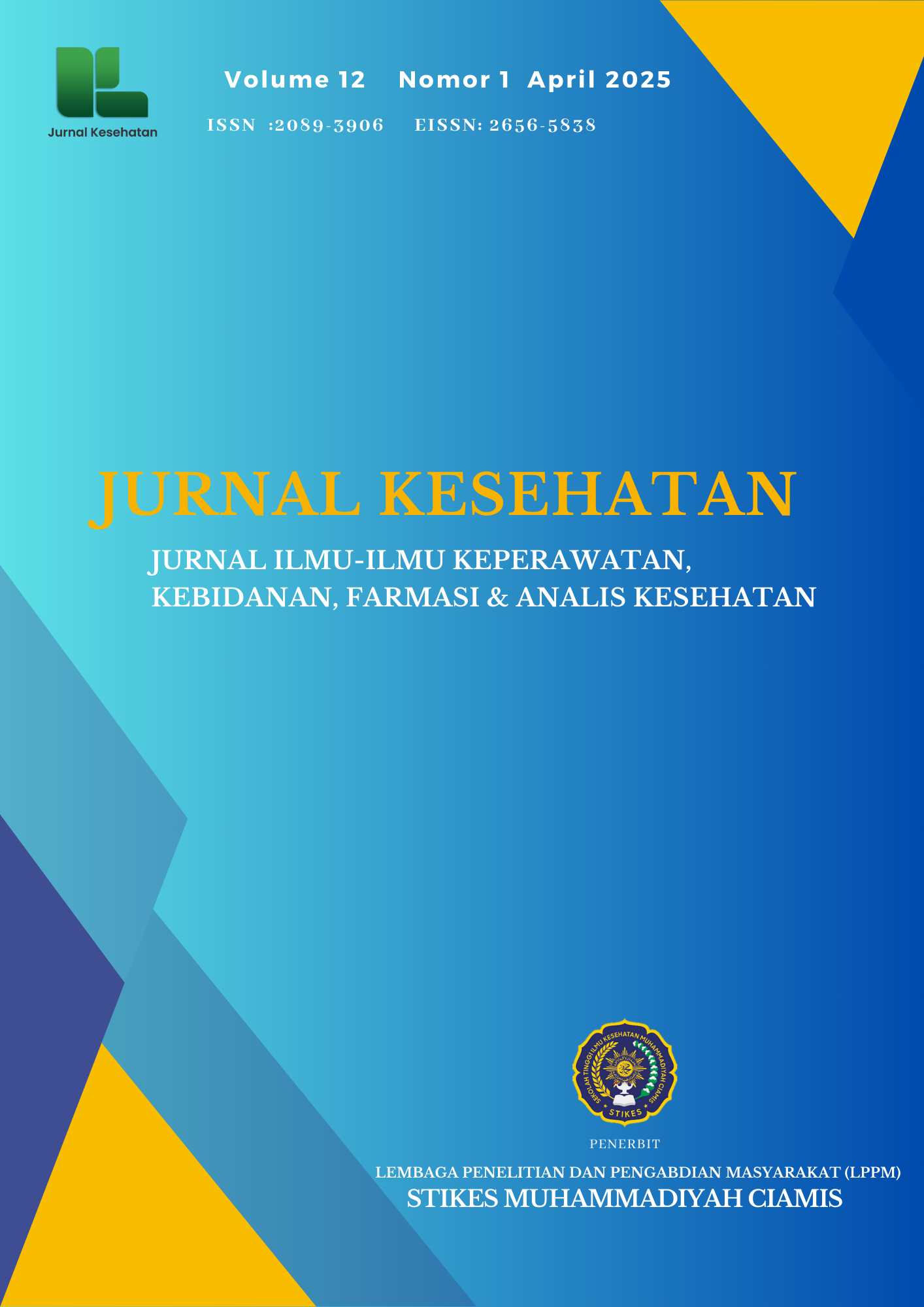Effectiveness of Shaping Techniques in Promoting Independence in Children with Intellectual Disabilities
Main Article Content
Abstract
According to the World Health Organization (WHO), 12% of children worldwide, or over 450 million, had mental retardation in 2019, and that number is expected to rise to 15% by 2020 (Schalock & Luckasson, 2021), As per the Special Education Statistics of Indonesia for the year 2019–2020, 144,102 individuals, or 56% of the population, were enrolled in both public and private special schools. With 12,007 children, Central Java Province comes in second (Pusdatin Kemendikbud Indonesia, 2020). In 2020, the Grobogan Regency had a population density of 736 persons per km³, and 1,596 of those children had intellectual disabilities (Central Java Village Information System, 2022). Objective: to use shaping techniques to assess how much mentally retarded children's self-development education has become more independent. Research methods: This study employed a quasi-experimental pretest-posttest design involving 45 children with intellectual disabilities. Results show a significant improvement in independence after intervention, with independence scores increasing from 55.6% to 75.6% (p < 0.05).” Conclusion: The effectiveness of modeling methods and engineering in guiding the self-development of mentally retarded children toward independence
Article Details

This work is licensed under a Creative Commons Attribution 4.0 International License.
References
Anggraini, I., & Marlina. (2018). Improving Self-Development Skills Through Shaping Techniques for Mildly Mentally Impaired Students. Journal of Special Education Research, 6, 186–191.
Astuti, D., Indanah, Karyati, S. (2013). Age, Gender, Physical Condition and Nutritional Status with Self-Care Ability in Mentally Impaired Children. Jurnal Proceeding of The Urecol, 5(1), 43–49. https://doi.org/10.30743/stm.v5i1.234
Dara Gebrina Rezieka, Khamim Zarkasih Putro, M. F. (2021). Factors Causing Children with Special Needs and Classification of ABK. Journal of Children's Education, 40–53.
Dewi et al. (2019). The relationship between age and gender and social maturity in mentally retarded children at SLBN-A Citeureup, Cimahi City. Journal of Medical Proceedings, 1-4file:///C:/Users/user/Downloads/54-Article Text.
Esa Putri Nabella. (2018). The Effect of Self-Development Occupational Therapy on the Independence of Intellectually Disabled Children at the Special School (SLB) Al_Azra'iyah Tabek Panjang, Payakumbuh District. Padang Pioneer STIKES, 1file:///C(1), 23–27. https://jurnalstikesintanmartapura.com/index.php/joinhttps://doi.org/10.54004/join.v1i2.xx
Garni. (2016). SLB Learner Teacher Module for the Mentally Disabled. Pppptk Kindergarten and Plb Bandung. 14(2), 7–18.
Maisyah, D. F. (2021). Description of the Role of the Family in Controlling Blood Glucose Levels in Family Members with Diabetesfile:///D:/mixur bawur/Thesis/Reference/1563-Research Results-2775-3-10-20200702.pdfs Mellitus: Literature Review. DIgital Respository, 2, 7–15.
Parulian et al. (2020). The Relationship between Child Characteristics, Family Support and the Personal Hygiene Independence of Children with Intellectual Disability. Carolus Journal of Nursing, 2, 177–188.
Reni Puspita Rini. (2012). The Relationship Between Parental Education Level and the Level of Independence of Children with Mental Retardation in Personal Hygiene at SDIT Negeri Colomadu. muhammadiyah Surakarta university, 4(1), 1-6file:///C:/Users/user/Downloads/234-Article Tex.
Rohmah. (2022). The Role of Shaping Techniques in Self-Development Ability to Dress in Mildly Mentally Impaired Class VI Students at SLB Muhammadiyah Padangan. (pp. 2–30).
Schalock, R. L., & Luckasson, R. (2021). Enhancing research practices in intellectual and developmental disabilities through person-centered outcome evaluation. Research in Developmental Disabilities, 117(April), 104043. https://doi.org/10.1016/j.ridd.2021.104043

